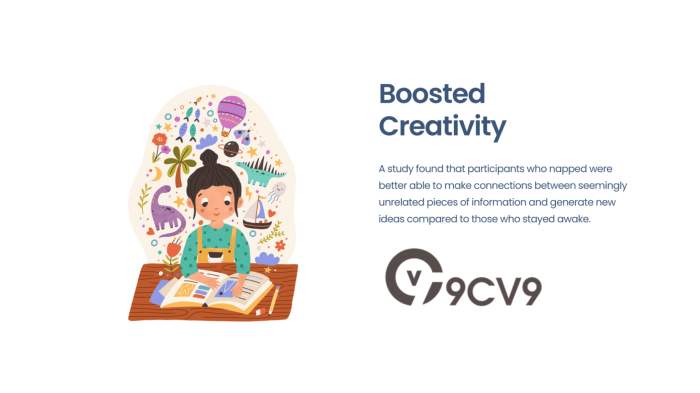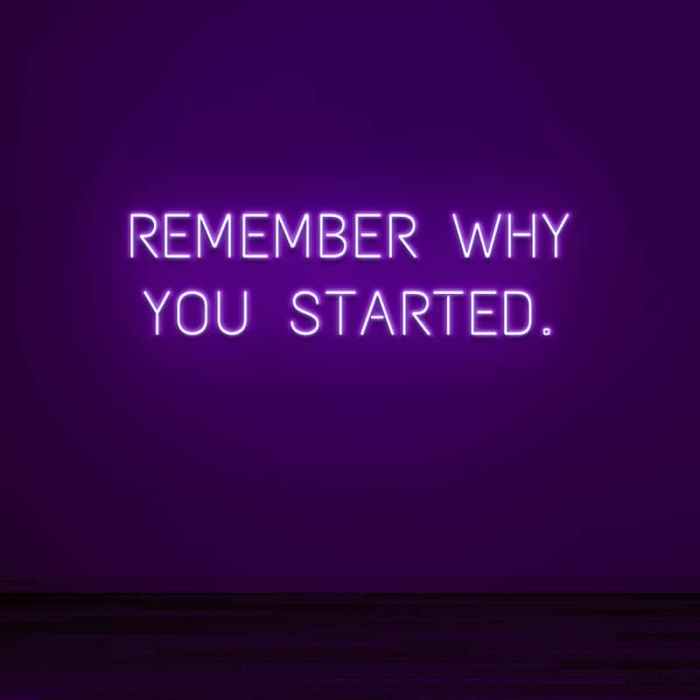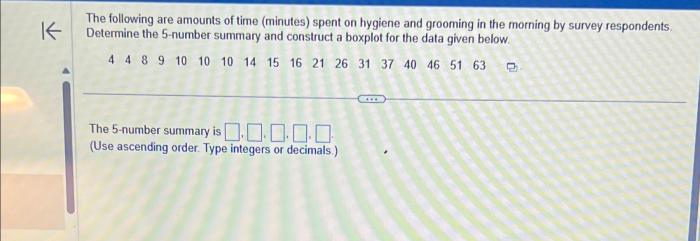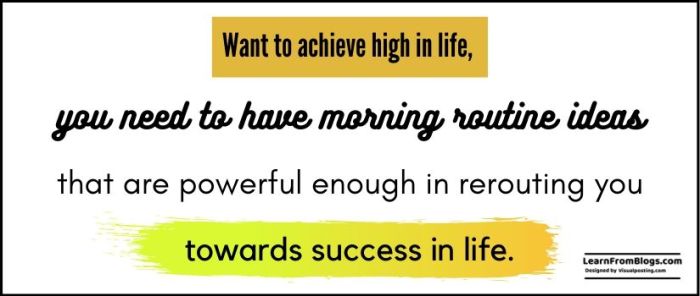Why your creative mind works the best in the cafe? It’s more than just a cozy spot; it’s a carefully crafted environment that nurtures your inner artist. From the soothing ambiance to the stimulating interactions, cafes provide a unique backdrop for unlocking your creative potential. This exploration dives deep into the secrets behind this phenomenon, examining the sensory details, social dynamics, and even the subtle external factors that contribute to a creative flow state.
Imagine the soft hum of conversation, the enticing aroma of freshly brewed coffee, and the rhythmic clatter of cups. These subtle sensory cues create a unique atmosphere, unlike the sterile silence of a library or the chaotic energy of a home office. This atmosphere, coupled with the possibility of social interaction and the subtle distractions, can spark your imagination and lead to surprising breakthroughs.
The Ambiance of a Cafe
The cafe, a haven for the creative soul, isn’t just a place to grab a coffee; it’s a meticulously crafted environment that can significantly impact our productivity and inspire our best work. The interplay of sights, sounds, and smells within these spaces creates a unique ambiance, often more conducive to creative thought than other settings. Understanding this ambiance is key to harnessing the power of the cafe for maximum creative output.The carefully curated atmosphere of a cafe is designed to be engaging yet not overwhelming.
It’s a space that balances stimulation with serenity, allowing the mind to wander and connect ideas while still maintaining a sense of focus. This environment differs significantly from the quiet solitude of a library or the often chaotic energy of a home office, both of which have their own strengths but don’t necessarily replicate the unique characteristics of a cafe.
Sensory Elements in a Creative Cafe
The sensory experience in a cafe plays a crucial role in shaping its atmosphere. The soft murmur of conversations, the gentle clinking of cups, and the rhythmic clatter of cutlery contribute to an ambient soundtrack that is often ideal for creative flow. The aroma of freshly brewed coffee, pastries, or other enticing treats can stimulate the senses and spark inspiration.
The warm lighting and the visual tapestry of patrons engaging in their own activities – reading, writing, or simply enjoying the moment – all create a rich and inspiring backdrop for creative work.
Comparison to Other Settings
A cafe ambiance stands apart from other settings conducive to creative work. Home environments, while comfortable, can often be distracting with family members, chores, or other personal commitments. Libraries, with their emphasis on quietude, can sometimes feel too sterile for the spontaneous connections that often fuel creative breakthroughs. The cafe offers a unique blend of social interaction and focused work, fostering a productive atmosphere that transcends the limitations of other settings.
The Role of Ambient Noise and Music
Ambient noise, when carefully managed, can be a powerful tool for creativity. The gentle sounds of conversation and background music can provide a stimulating backdrop without overwhelming the mind. However, overly loud or chaotic environments can be detrimental to concentration and hinder creative thought. Music, in particular, can either enhance or detract from the atmosphere, depending on its tempo, genre, and volume.
Subtle background music can be a catalyst for creativity, whereas loud, jarring music can disrupt the flow of ideas.
Examples of Creative Cafes
Several cafes are renowned for their ability to foster creativity. Examples include the iconic cafes of New York City’s Greenwich Village, known for their artistic and literary history. These spaces, with their established atmosphere, often attract a diverse clientele, sparking conversations and fostering creative energy. Similarly, many independent cafes in cities around the world have created a unique niche, becoming hubs for local creatives.
Comparison of Cafe Ambiances
| Type of Cafe | Ambiance | Sensory Elements | Potential Impact on Creativity |
|---|---|---|---|
| Quiet Coffee Shop | Calm, focused | Soft music, gentle conversations, aroma of coffee | Encourages concentration, deep thinking |
| Bustling Bakery | Energetic, social | Strong aromas, lively chatter, rhythmic sounds | Sparks collaboration, facilitates brainstorming |
| Outdoor Cafe | Relaxed, open | Natural sounds, fresh air, views | Promotes free-flowing ideas, reduces mental fatigue |
Social Interaction and Collaboration
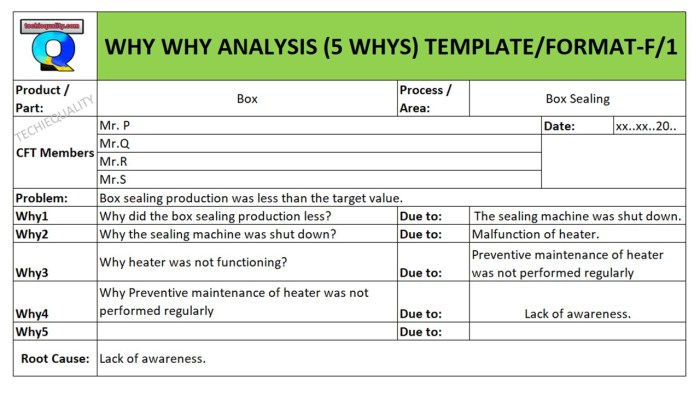
The cafe’s ambiance, while conducive to focused work, also fosters a rich tapestry of social interaction. This interaction can significantly impact creative problem-solving, offering unexpected sparks of inspiration and the potential for collaborative breakthroughs. The serendipitous encounters and casual conversations that occur in a cafe setting can often lead to innovative connections and ideas that might not have arisen in a more isolated environment.Social interaction in a cafe setting provides a unique opportunity for creative minds to engage with others, sparking new ideas and perspectives.
The environment encourages a sense of openness and collaboration, where conversations flow naturally, leading to unexpected connections and the exchange of fresh insights. The presence of others, even if not directly collaborating, can act as a catalyst for creative thinking.
Impact of Social Interaction on Creative Problem-Solving
Social interaction plays a crucial role in creative problem-solving. The exchange of ideas and perspectives between individuals can lead to novel solutions and approaches that a single person might not have considered. Exposure to diverse viewpoints, experiences, and approaches broadens the scope of possible solutions.
How Interactions Spark Ideas in a Cafe
The casual and informal nature of cafe interactions often leads to spontaneous idea generation. Conversations about unrelated topics can unexpectedly trigger associations and connections, leading to creative insights. Overhearing snippets of conversations or witnessing other individuals’ problem-solving approaches can offer unexpected inspiration and fresh perspectives. A simple comment or observation from a fellow cafe patron might trigger a crucial “aha” moment.
Benefits of Serendipitous Encounters
Serendipitous encounters, those unplanned and unexpected interactions, can be particularly fruitful in a cafe setting. These interactions can lead to unexpected connections and collaborations that might not have occurred otherwise. For example, a conversation between a software engineer and a graphic designer about user experience could spark a novel approach to interface design.
Facilitating Productive Collaboration in a Cafe
To maximize the potential for productive collaboration in a cafe, establishing clear goals and objectives for the session is essential. Defining the specific problem or challenge to be addressed ensures that all participants are working towards a common objective. Establishing ground rules for respectful dialogue and open communication is equally important. This can include agreeing on specific time limits for discussion or establishing a system for recording ideas.
Setting a specific agenda can also help keep the discussion focused.
Social Dynamics Hindering Creativity
Certain social dynamics can hinder creativity in a cafe setting. Dominating personalities or individuals who are unwilling to share their ideas can stifle the collaborative process. A lack of active listening or a judgmental atmosphere can discourage open communication and the free exchange of ideas. Negative interactions or conflicts can also create a less conducive environment for creativity.
Types of Social Interactions and Their Impact on Creativity
| Type of Interaction | Potential Impact on Creativity |
|---|---|
| Casual conversations | Can spark unexpected associations and insights, fostering serendipitous connections. |
| Focused discussions | Can lead to deeper insights and collaborative solutions, if facilitated appropriately. |
| Dominating personalities | Can stifle the contributions of others and hinder the free exchange of ideas. |
| Negative interactions | Can create a tense and unwelcoming atmosphere, discouraging creative thinking. |
| Overhearing conversations | Can provide unexpected inspiration and alternative perspectives. |
Distraction and Focus
The cafe, a haven for creativity, can also be a battlefield for focus. The alluring aroma of coffee, the rhythmic clatter of cups, and the murmur of conversations can all conspire to pull your attention away from the task at hand. However, with a few strategies, you can harness the cafe’s unique environment to your advantage, transforming it from a source of distraction into a sanctuary for deep work.
Elements That Draw Attention Away
A cafe’s very nature presents a multitude of distractions. The ambient noise, ranging from the gentle hum of conversations to the louder bursts of laughter, can disrupt concentration. Visual stimuli, such as the colorful displays of pastries or the bustling activity around you, can also divert attention. The presence of other people, even if engaged in quiet conversations, can create a feeling of social pressure or a desire to join in.
These subtle influences can disrupt the flow of thought and hinder the creative process.
Strategies for Maintaining Focus
Maintaining focus in a cafe requires a proactive approach. First, choose a quiet corner or a booth away from the main flow of traffic. This reduces the visual and auditory distractions. Secondly, use noise-canceling headphones or earplugs to block out distracting sounds. Thirdly, bring a portable white noise machine or use a dedicated app to create a consistent background sound, which can help to mask unwanted ambient noises.
Finally, set clear boundaries for yourself. Determine a specific time frame for your work and stick to it.
Minimizing Distractions
To minimize distractions, create a dedicated workspace within the cafe. This could be a particular table, a booth, or a specific corner. Having a consistent location can establish a mental association between that spot and your focused work sessions. If possible, reserve your space for a set period. If the cafe allows, ask staff to minimize the number of people sitting at your table for a specified period.
Be explicit with your need for quiet time to prevent interruptions.
Managing Interruptions from Others
Interruptions from other cafe patrons can be disruptive. If someone approaches you, politely but firmly explain that you need a period of uninterrupted time to work. Using phrases like “I’m deeply focused on a project and would appreciate it if I could not be interrupted for the next [time period]” can effectively communicate your needs. A simple sign, such as a small, discreet “Do Not Disturb” sign, can also be effective.
The cafe buzz is a perfect creative storm, isn’t it? The gentle hum of conversation, the clinking of cups, and the aroma of coffee all seem to unlock something in my brain. But sometimes, you might find yourself trying to force focus through meditation, only to feel more frustrated than inspired. Maybe you’ve experienced the same feeling?
Have you considered that your meditation practice might be failing you because you’re approaching it incorrectly? If so, I highly recommend reading this article to help you understand the potential reasons behind your meditation struggles: why meditation has failed you. Ultimately, the cafe’s stimulating environment, with its controlled chaos, is where my creative juices really flow.
If possible, consider visiting the cafe during less crowded hours.
Distractions in a Cafe Compared to Other Environments
While distractions in a cafe are unique, they are similar to the challenges faced in other work environments. Open-plan offices, for instance, often suffer from similar distractions like noise and interruptions. However, cafes offer a unique blend of stimulating and distracting elements that must be carefully managed. The difference lies in the cafe’s inherent ambiance. While an office might prioritize silence and order, a cafe prioritizes social interaction.
Factors Contributing to “Being in the Zone”
Several factors contribute to a feeling of being “in the zone” in a cafe. A combination of the cafe’s stimulating atmosphere, coupled with your focused approach, creates an ideal environment. The familiar surroundings and comfortable atmosphere can facilitate a sense of flow. The presence of other individuals working can foster a sense of community and shared dedication.
A carefully curated personal space, free from interruptions, plays a crucial role in achieving this state.
Establishing Personal Boundaries
Establishing personal boundaries is essential in any environment, but especially in a cafe. Set a clear start and end time for your work sessions and stick to it. This helps you to manage your time effectively and avoid getting caught up in cafe activities. Communicate your needs to others around you. If you need uninterrupted time, inform those around you.
Don’t hesitate to politely request quiet space. This proactive approach helps you to maintain your focus and prevent distractions.
Stimulating the Mind
The cafe environment isn’t just a place to grab a coffee; it’s a carefully curated space designed to nurture creativity. The interplay of sights, sounds, smells, and even the subtle rhythm of daily life within a cafe can act as a catalyst for new ideas. A stimulating atmosphere is crucial for sparking inspiration and pushing the creative boundaries.The cafe’s offerings, from the aroma of freshly brewed coffee to the satisfying crunch of a pastry, contribute significantly to the overall experience.
These sensory details can unlock a stream of thoughts and associations that wouldn’t arise in a quieter, more sterile setting.
Caffeine and Cognitive Function
Caffeine, a common component of cafe beverages, plays a crucial role in enhancing cognitive function. It acts as a stimulant, increasing alertness and focus, which can be especially beneficial for creative tasks. However, the impact of caffeine varies greatly from person to person. Some individuals experience a surge in energy and mental clarity, while others may find that excessive caffeine consumption leads to anxiety or jitters.
Visual Stimulation and Inspiration
The visual elements of a cafe – the interplay of light and shadow, the arrangement of tables and chairs, the artwork on the walls, or even the people bustling around – can spark new ideas and perspectives. The variety and dynamism of a cafe environment provides a rich tapestry of visual stimuli, allowing for a constant stream of inspiration.
Utilizing Cafe Layout for Creativity
The layout and design of a cafe can also be strategically utilized to boost creativity. For instance, a cafe with an open floor plan and a central hub encourages interaction and collaboration. Conversely, a cafe with a more secluded seating area can provide a quiet space for focused individual work.
Impact of Food and Drink on Alertness and Creativity
Different cafe offerings have varying impacts on alertness and creativity. The choice of food and drinks can be a conscious decision to enhance specific cognitive functions.
| Item | Impact on Alertness | Impact on Creativity |
|---|---|---|
| Espresso | High | High (due to caffeine) |
| Cappuccino | Moderate | Moderate |
| Latte | Low | Low to Moderate |
| Pastries (e.g., croissants, muffins) | Moderate | Moderate (depending on ingredients and portion size) |
| Fruit Salad | Low | Low (can be a healthy break) |
| Soup | Low | Low (can be a good meal break) |
The Power of Routine: Why Your Creative Mind Works The Best In The Cafe
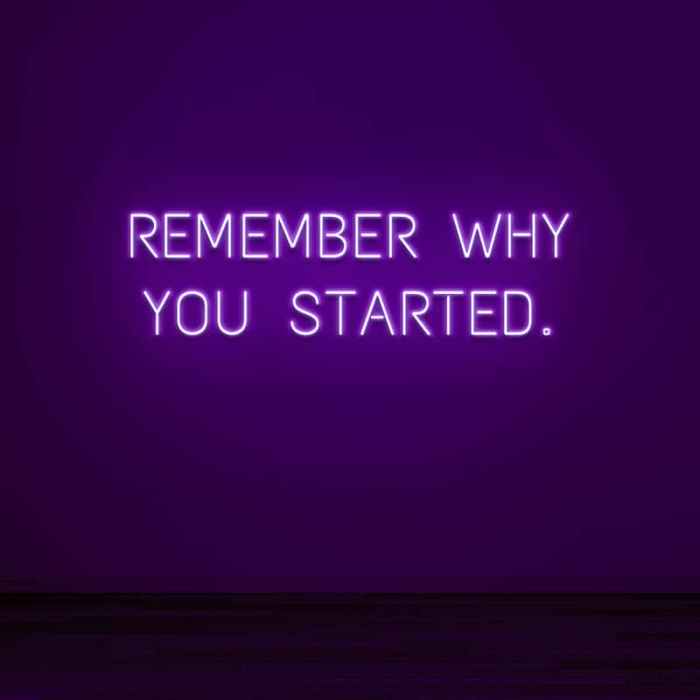
A consistent routine, particularly in a stimulating environment like a cafe, can be a powerful tool for creative work. It’s not about rigid schedules, but rather establishing a framework that allows your mind to flow freely. A predictable structure can reduce mental clutter, freeing up cognitive resources for the creative process. This predictability can also be a boon for productivity and focus, allowing you to optimize your time and energy.A well-structured daily routine in a cafe can transform a potentially distracting environment into a productive haven.
By setting clear boundaries and expectations, you can navigate the cafe’s energy and harness its potential to foster creativity. This allows your mind to anticipate and adapt to the environment, allowing for more focused and productive work sessions.
The cafe buzz is magical for my creative flow. The gentle hum of conversation, the aroma of coffee, and the soft clinking of mugs all combine to spark my imagination. It’s like my mind’s a blank canvas waiting for inspiration, and the cafe is the perfect backdrop. Just like nurturing a relationship, you need to keep pushing forward and exploring.
This is also true for love; as explained in this insightful article about there are 5 stages love but sadly many couples stop stage 3 , consistent effort and understanding are key. Ultimately, the cafe environment fuels my creative spark, just as a thriving relationship does.
Benefits of a Consistent Routine
A consistent routine offers several benefits for creative work in a cafe. It allows for a smoother transition into work mode, reduces decision fatigue, and provides a sense of control in a sometimes chaotic environment. By establishing a predictable schedule, you can more easily navigate the cafe’s atmosphere and its various distractions. This, in turn, allows you to dedicate focused time to creative tasks without the mental overhead of constantly adapting to new situations.
Establishing a Daily Schedule
Developing a daily schedule involves several key elements. First, identify your peak creative hours. These are the times when you feel most energized and focused. Next, allocate specific time blocks for different tasks, including brainstorming, writing, research, and reflection. Be realistic about the amount of time needed for each task, and build in buffer time for unexpected interruptions.
A well-structured schedule also considers breaks and downtime to prevent burnout and maintain mental clarity.
Routine and Mental Clarity
A routine fosters mental clarity by providing structure and predictability. When you know what to expect, your mind can relax and focus on the task at hand, reducing mental noise and allowing for more efficient information processing. This structured approach reduces the mental load associated with decision-making, allowing your mind to engage more deeply with the creative process.
The predictability of a routine also helps establish a sense of control, which can be particularly valuable in a dynamic environment.
My creative juices always flow best in a bustling cafe. The ambient noise, the clatter of cups, and the general buzz of activity seem to spark something in my brain. It’s like my mind is a SQL database, and optimizing its performance requires a bit of fine-tuning, just like 10 sql server performance tuning tips to make your database soar.
The variety of stimuli and the feeling of being part of something larger than myself helps unlock those creative pathways. Ultimately, a well-caffeinated and stimulated mind is the best recipe for a creative flow, no matter the task.
Potential Drawbacks of Relying Too Heavily on a Routine
While routines are generally beneficial, over-reliance can stifle spontaneity and flexibility. If your routine becomes overly rigid, it can limit your ability to adapt to new ideas or opportunities that arise. It’s important to maintain a degree of flexibility and be open to adjusting your schedule as needed.
Examples of Creative Routines
Numerous individuals working in cafes have successfully implemented creative routines. Some find inspiration in the morning rush, utilizing the energy of the early hours for brainstorming and idea generation. Others prefer the quiet afternoon hours for deep work and focused writing. There are even those who work in shifts, alternating between high-energy periods and periods of focused work.
Sample Daily Routine for Creative Work in a Cafe
| Time | Activity | Location (Cafe) |
|---|---|---|
| 7:00 AM – 8:00 AM | Morning Brainstorming | Quiet corner |
| 8:00 AM – 9:00 AM | Email & Admin | Near the counter |
| 9:00 AM – 12:00 PM | Deep Work (Writing/Research) | Quiet corner |
| 12:00 PM – 1:00 PM | Lunch Break | Cafe seating area |
| 1:00 PM – 4:00 PM | Focused Creative Work | Quiet corner |
| 4:00 PM – 5:00 PM | Review & Reflection | Quiet corner |
| 5:00 PM – 6:00 PM | Wind-down & Commute | Cafe seating area |
External Factors
The cafe environment, while undeniably conducive to creativity, is also susceptible to external influences. Understanding these external factors can significantly enhance or hinder the creative flow. From the changing seasons to local events, the atmosphere outside the window plays a crucial role in the overall experience.The cafe environment, though seemingly static, is a dynamic space responsive to the rhythm of daily life and seasonal shifts.
These shifts in weather, time of day, and local happenings create a backdrop that affects the creative energy of the space. Understanding these elements allows for better adaptation and optimization of the creative process.
Weather and Time of Day, Why your creative mind works the best in the cafe
Weather patterns significantly impact the cafe experience. Rainy days often foster a contemplative mood, encouraging introspection and detailed work. Conversely, sunny days can stimulate a more energetic and outward-focused creative approach. The time of day also plays a crucial role. The early morning hours often provide a quiet and focused environment, ideal for brainstorming and outlining.
As the day progresses, the cafe might become more lively, facilitating collaboration and idea exchange.
Seasonal Changes and Holidays
Seasonal shifts and holidays profoundly affect the cafe’s atmosphere. Autumn’s crisp air and changing leaves can inspire a sense of introspection and reflection, perfect for deep work. Conversely, the festive atmosphere of the holidays can bring a sense of excitement and collaboration, leading to more dynamic creative sessions. The unique character of each season, reflected in the decorations and overall atmosphere, influences the creative process.
Local Events and Happenings
Local events and happenings can inject a fresh energy into the cafe atmosphere. Community festivals, art exhibitions, or even a local sporting event can create a buzz, potentially inspiring new ideas and perspectives. This dynamic environment can be highly stimulating, allowing for the unexpected intersection of diverse ideas and experiences.
Lighting and Temperature
Lighting and temperature significantly affect the creative mood. Natural light can create a vibrant and inspiring atmosphere, while artificial lighting can be tailored to foster a focused or more relaxed environment. Optimal temperature levels are key to maximizing comfort and focus. Too hot or too cold, and the cafe’s atmosphere can be significantly disrupted.
External Factors Influencing Creative Work in a Cafe Setting
- Weather conditions (rain, sun, temperature): Weather patterns directly impact mood and energy levels, influencing the type of creative work best suited for the cafe environment.
- Time of day: The cafe’s atmosphere and energy change throughout the day, influencing the type of creative work and interaction facilitated.
- Seasonal changes: Seasonal shifts in the local environment can inspire different types of creative work.
- Local events and happenings: Events in the surrounding community can introduce new ideas and perspectives, impacting the creative energy within the cafe.
- Lighting conditions: The quality and intensity of light influence the overall atmosphere, affecting focus and creativity.
- Temperature: The temperature within the cafe can affect comfort and concentration, impacting creative output.
Impact of Weather Conditions on Cafe Atmosphere
| Weather Condition | Potential Impact on Creative Atmosphere |
|---|---|
| Sunny | Energetic, outward-focused, collaborative |
| Rainy | Contemplative, introspective, detailed work |
| Cold | Cozy, focused, introspective |
| Hot | Relaxed, potentially hindering focused work, collaboration may decrease |
| Windy | Distracting, potentially hindering focus, depending on the specific cafe and the nature of the wind |
Ultimate Conclusion
In conclusion, the cafe’s unique blend of ambiance, social interaction, and manageable distractions fosters a fertile ground for creative thinking. Whether you’re seeking inspiration or simply a change of pace, understanding the dynamics of a cafe setting can help you optimize your creative workflow. From the perfect routine to the influence of external factors, a deeper understanding allows you to tap into the unique potential of a cafe environment for your creative endeavors.





